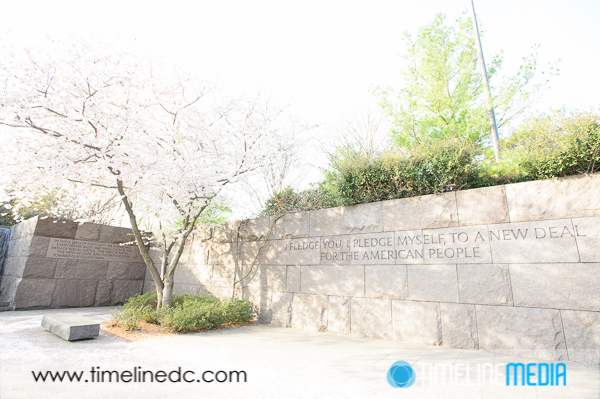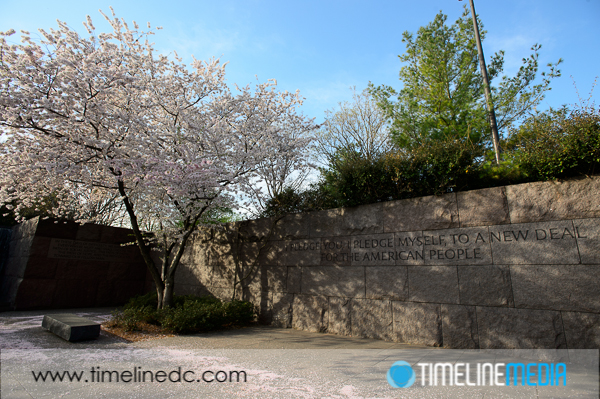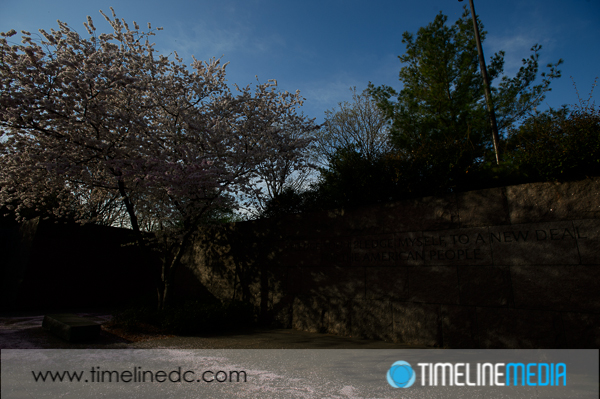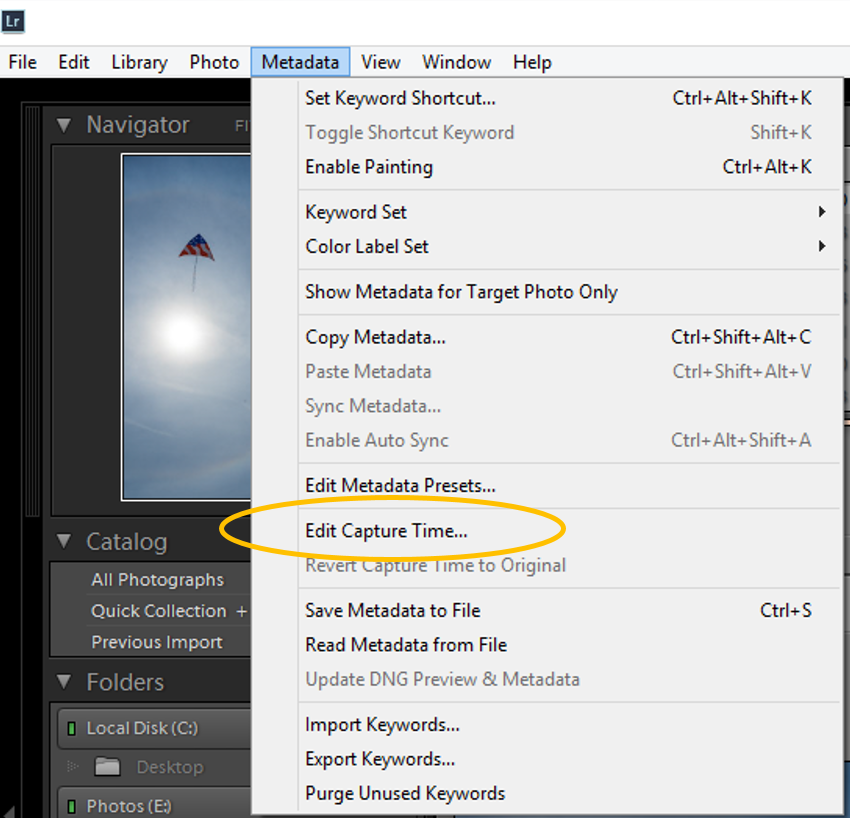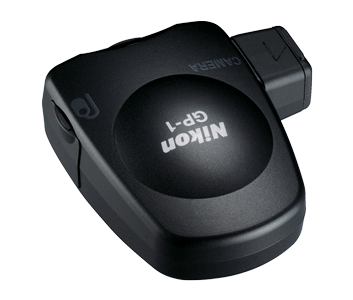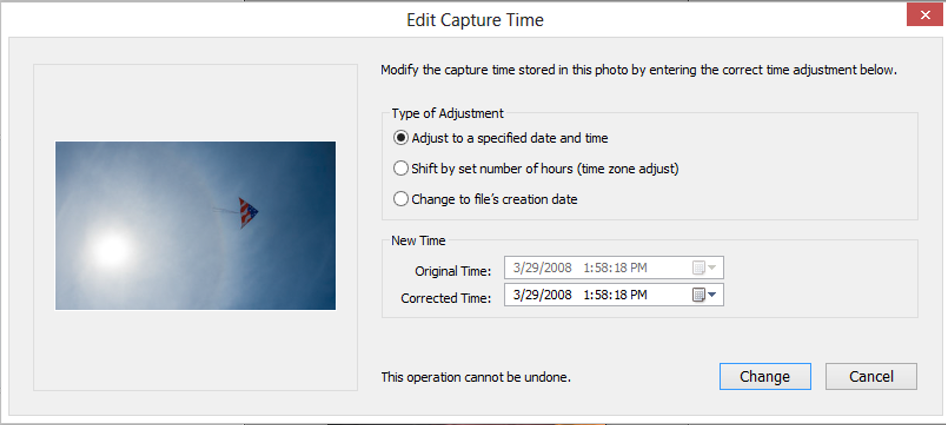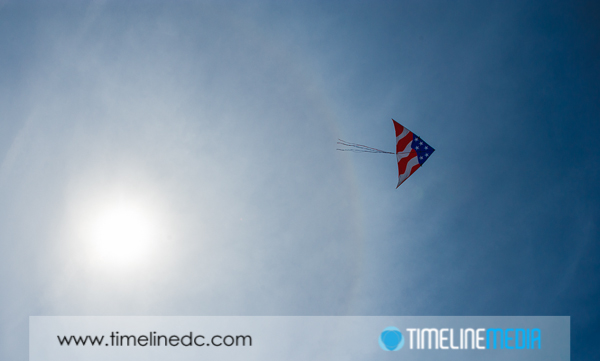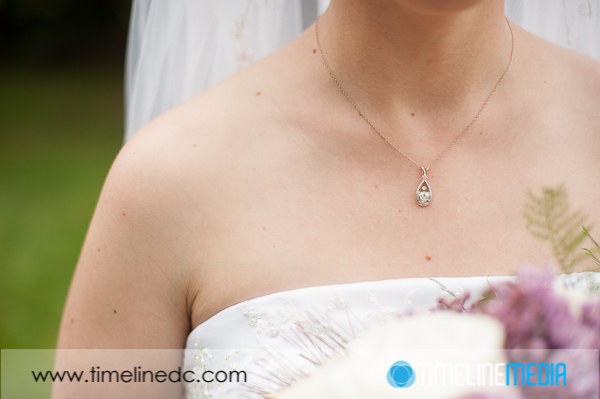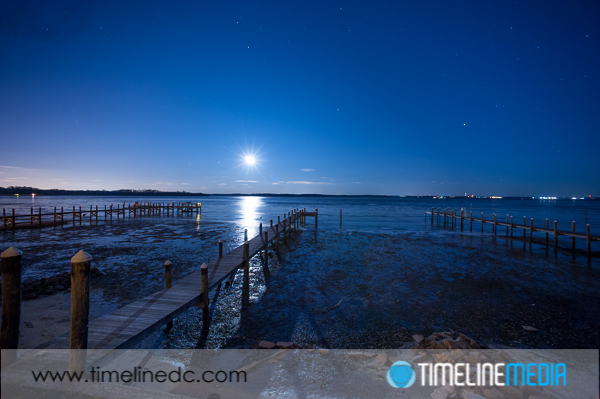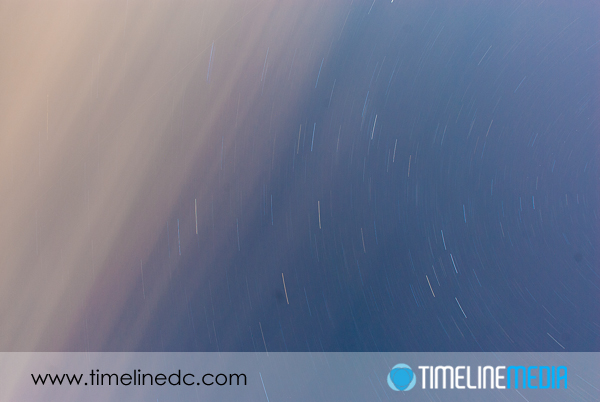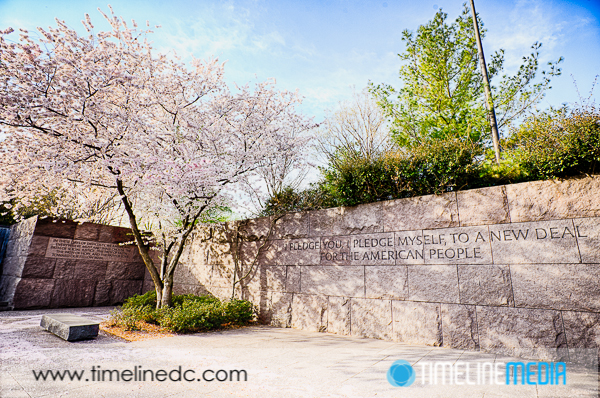
One of the first lessons I learned in photography was that cameras “see” much different from the human eye. If you look around a closed room, then out a window, not only does the eye focus much faster than any lens, but it can take in much more detail than you realize. This happens so quickly, that you do not even realize drastic light condition changes. With this in mind, HDR photography can render a scene closer to this.
High Dynamic Range Photography
When studying photography, you can see that you have to make compromises. In a high contrast scene, such as a bright sunny day, you cannot have a blue sky and shadowless subjects in the foreground without some help. You either have a beautiful sky with your subjects in silhouette, or dark shadow, or you have a completely “blown out” white sky with detail in your foreground subject. You do have some options if you want to manipulate the light such as flash or bouncing light to your subjects with a reflector, but I want to post today about another new option that has become popular with the advancement of computers – HDR or High Dynamic Range photography.
HDR is an option for shooting with the new iPhone 5. The idea behind it is to take multiple images of your scene. In a 3-image HDR, one of the images will be underexposed, one will be exposed properly as determined by your meter, and one will be overexposed. Here is an example from the FDR Memorial in Washington, DC. I took these during late morning – the sun was already high in the sky, and it was difficult to get both a blue sky in the photo, and to read the text on the memorial.
Washington, DC
In this first photo, the frame is overexposed but you can clearly read the text. The sky is bright white with no detail, and some of the cherry blossoms are washed out as well.
This is the correctly exposed photo using the Matrix Metering in my Nikon DSLR. It is the most even across the frame in terms of dark tones and light tones.
This is the underexposed frame – most everything is in shadow, only good detail in the sky and other bright parts of the frame. With these 3 images, you combine them in software. For this, I used Google’s Nik HDR Efex pro 2. The software stacks the images, and uses calculations to increase the dynamic range of light and dark tones in the photograph to get a better approximation of what your eye sees when you are standing at the memorial. Let me know it turned out! There are many plugins and other techniques to combine with HDR to make scenes look either more realistic, or surrealistic depending on your preferences. It is always nice to have options. Here is the final HDR photo –
TimeLine Media – www.timelinedc.com
703-864-8208

